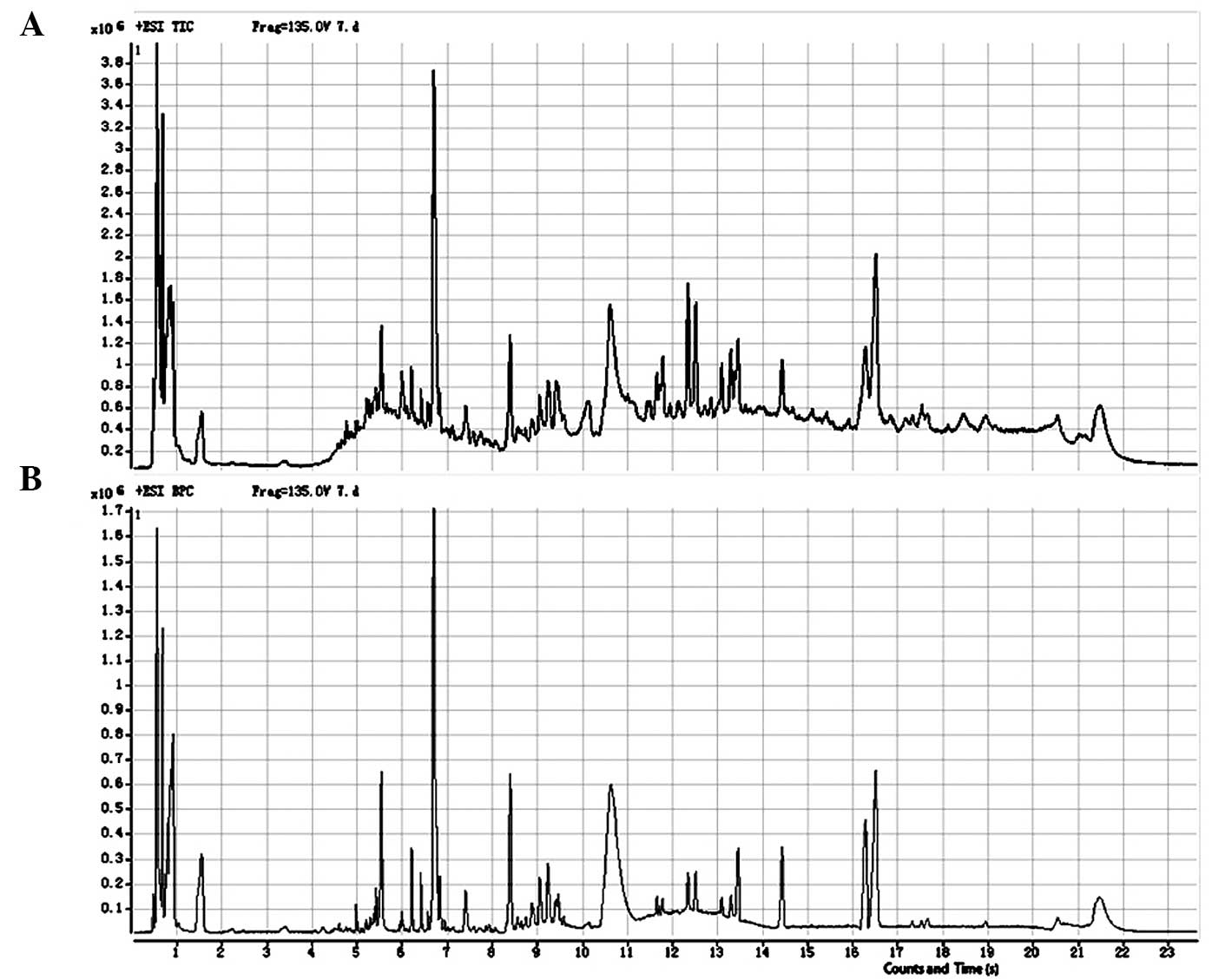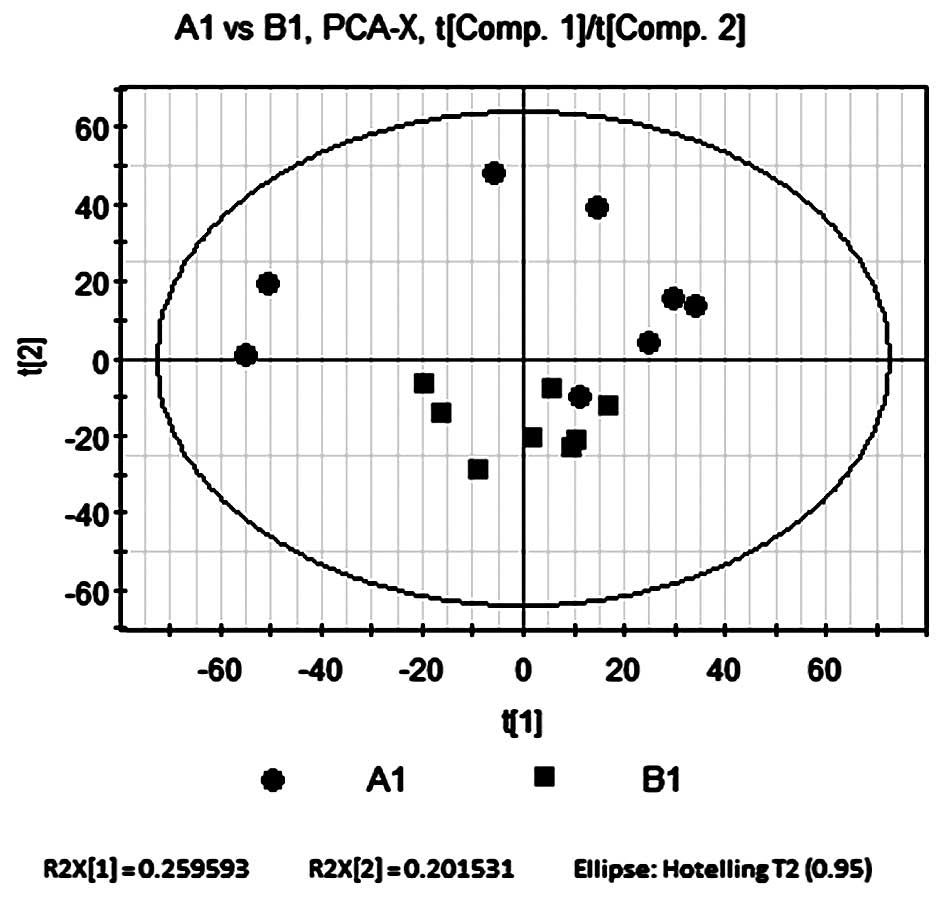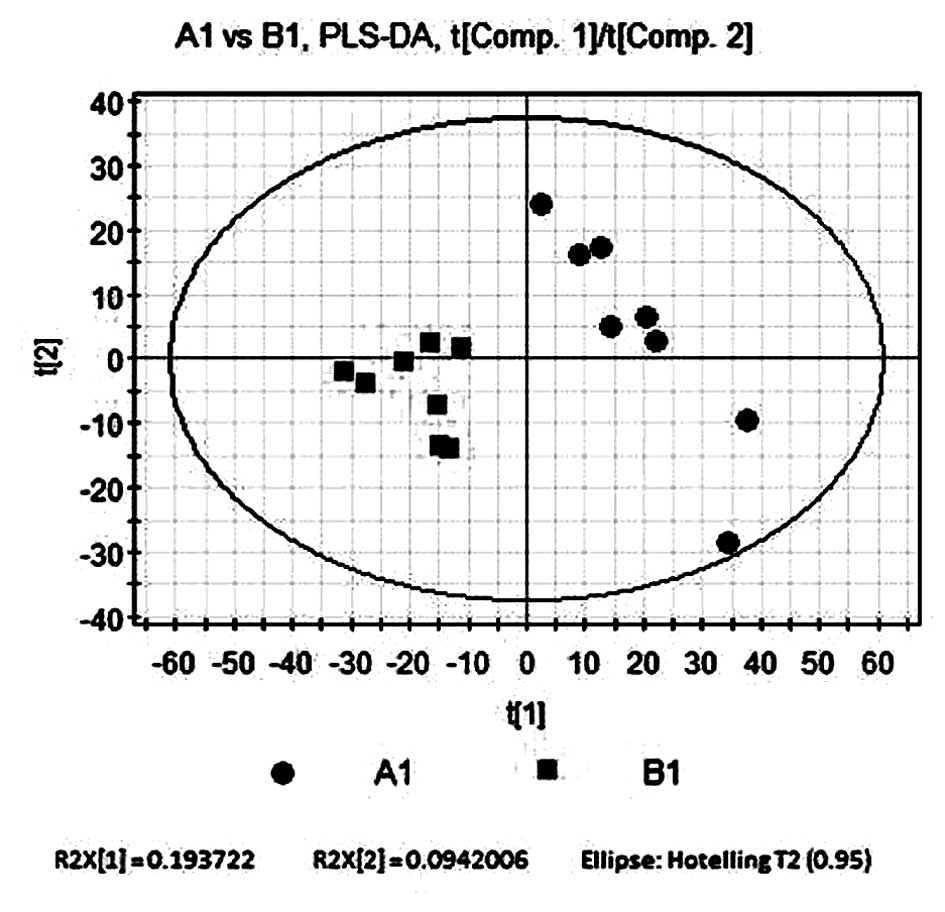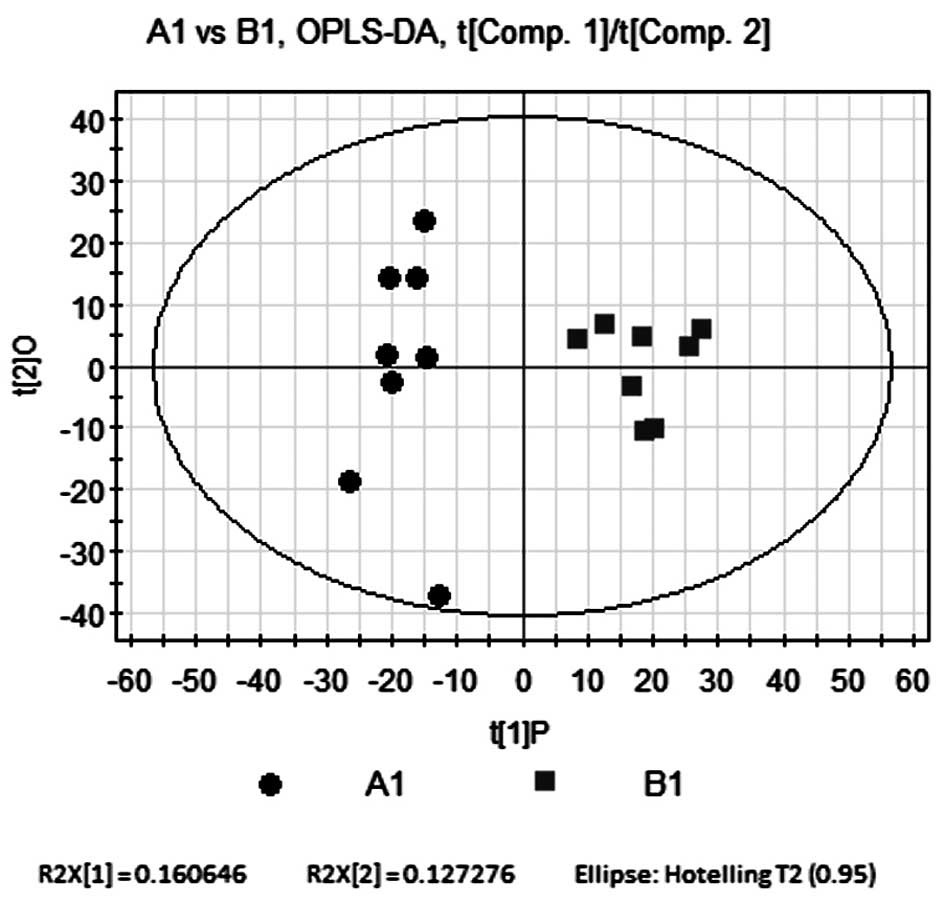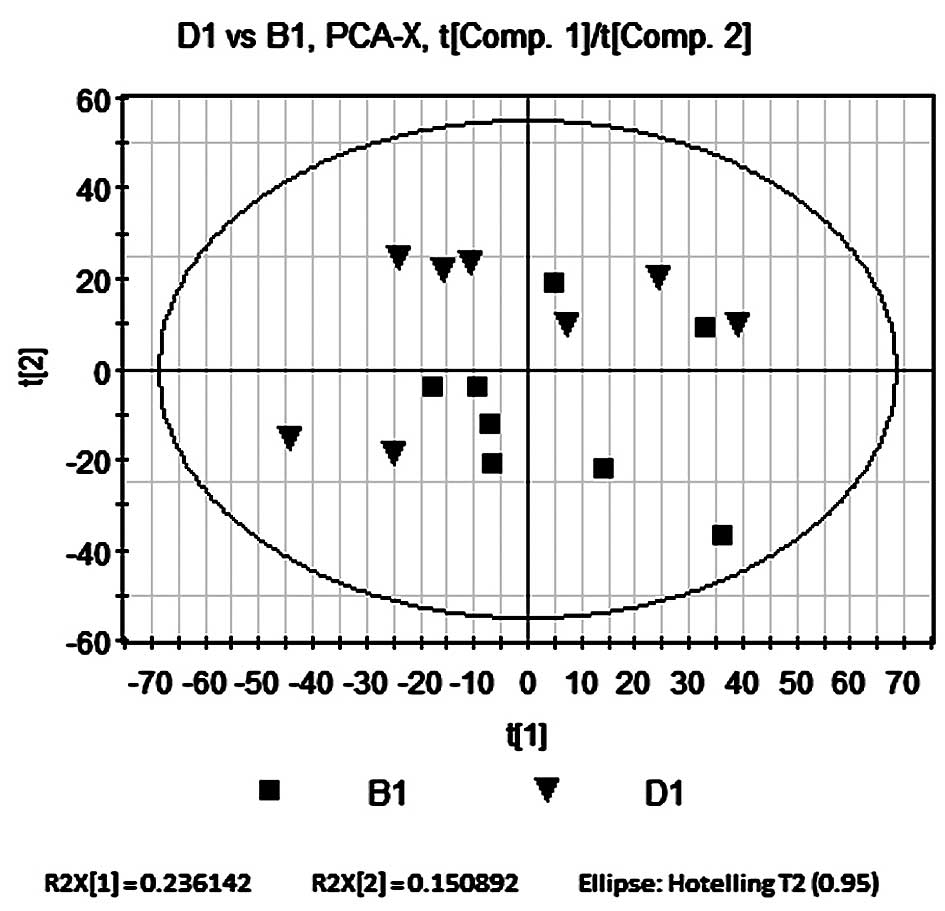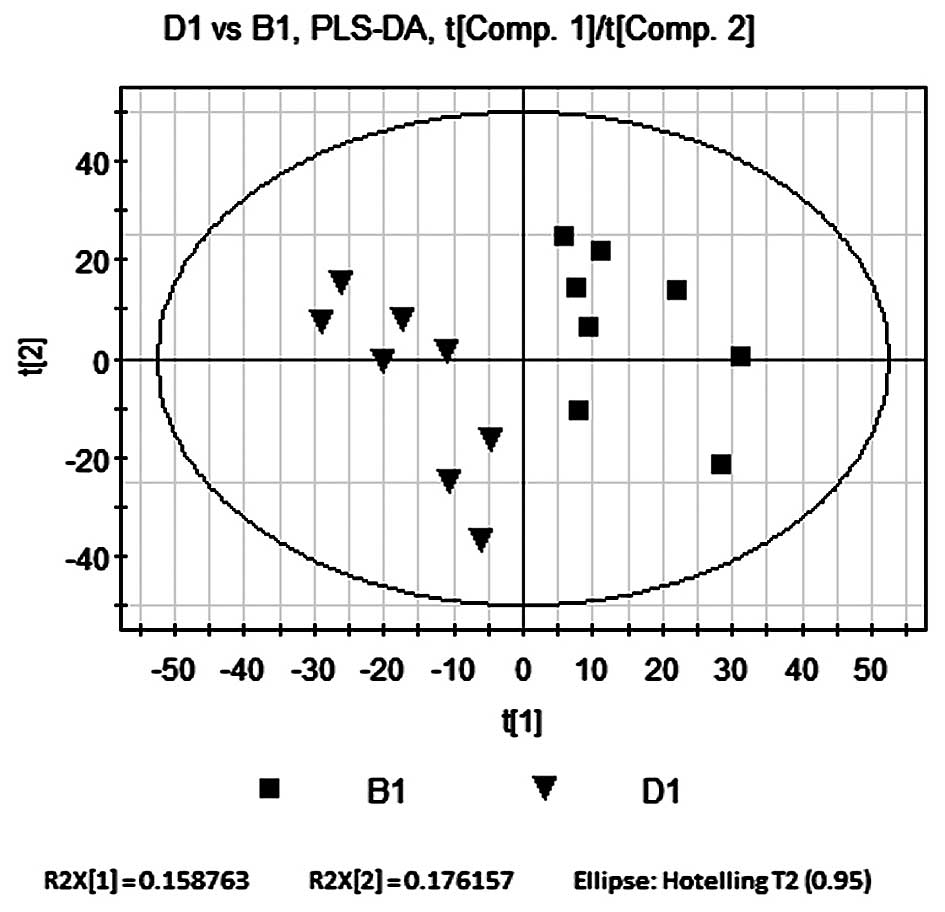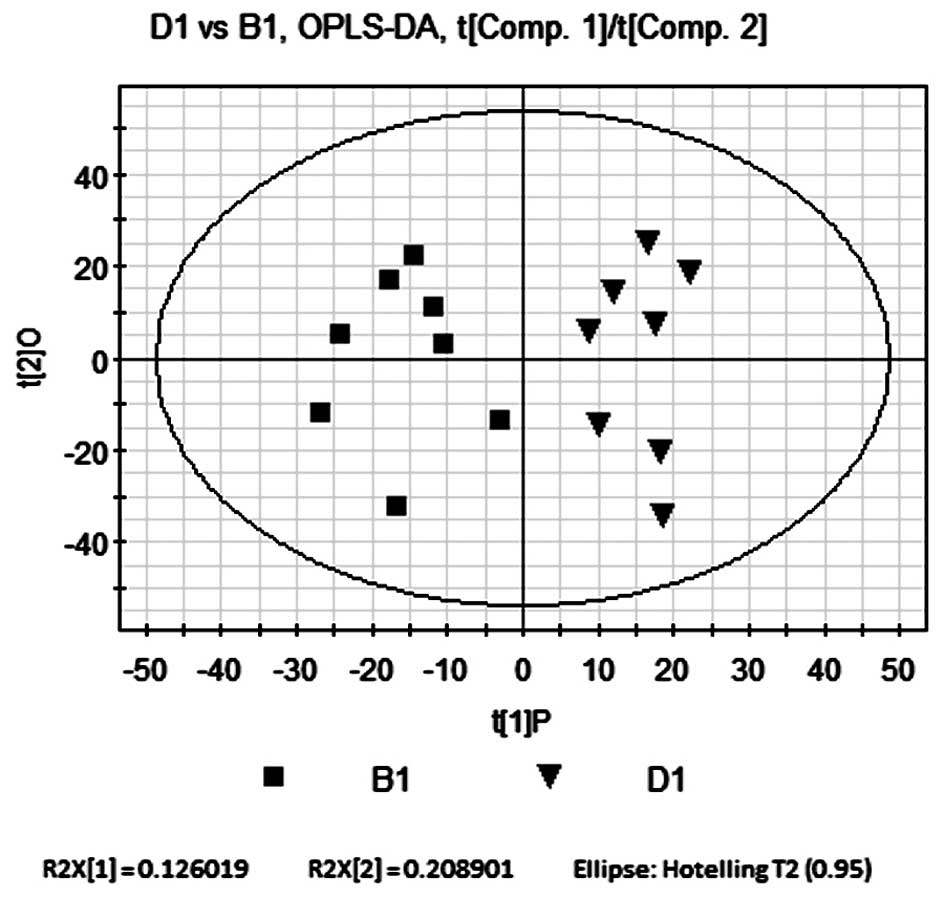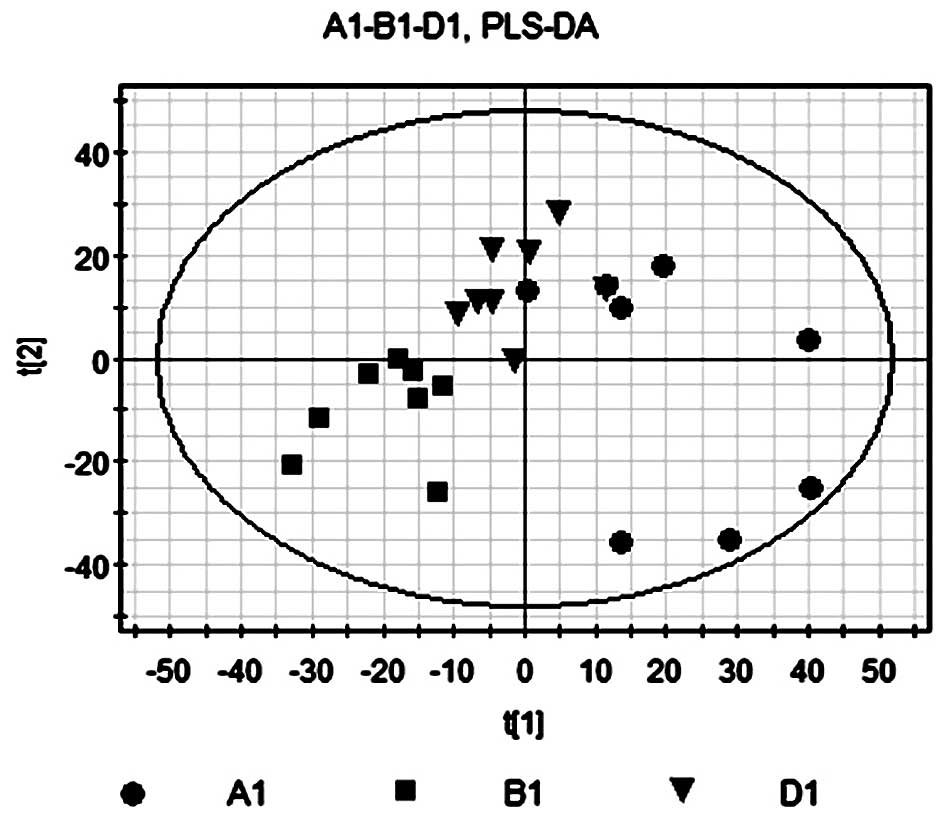|
1
|
Raherison C and Girodet PO: Epidemiology
of COPD. Eur Respir Rev. 18:213–221. 2009. View Article : Google Scholar
|
|
2
|
Lin HH, et al: Effects of smoking and
solid-fuel use on COPD, lung cancer, and tuberculosis in China: a
time-based, multiple risk factor, modelling study. Lancet.
372:1473–1483. 2008. View Article : Google Scholar : PubMed/NCBI
|
|
3
|
Qaseem A, Wilt TJ, Weinberger SE, et al:
American college of Physicians; American Collage of Chest
Physicians; American Thoracic Society and European Respiratory
Society: Diagnosis and management of stable chronic obstructive
pulmonary disease: a clinical practice guideline update from the
American College of Physicians, American College of Chest
Physicians, American Thoracic Society, and European Respiratory
Society. Ann Intern Med. 155:179–191. 2011. View Article : Google Scholar : PubMed/NCBI
|
|
4
|
Calverley PM, Anderson JA, Celli B, et al:
Satmeterol and flutieasene propionate and survival in chronic
obstructive pulmonary disease. N Engl J Med. 356:775–789. 2007.
View Article : Google Scholar : PubMed/NCBI
|
|
5
|
Li JS, Wang ZW, Yu XQ, et al: Clinical
efficacy and safety of TCM for COPD at stable phase: A Systematic
review. Traditional Chinese Medicine of Liaoning. 37:229–232.
2010.
|
|
6
|
Li JS, Wang ZW, Yu XQ, et al: Systemic
evaluation of TCM for COPD in the acute stage of exacerbation.
Traditional Chinese Medicine of Tianjin. 25:428–431. 2008.
|
|
7
|
Zhang WJ and Zhang YP: Recent research in
chronic obstructive pulmonary disease treated with TCM. Clinical
Traditional Chinese Medicine of Beijing. 14:39–41. 2007.
|
|
8
|
Lu AP and Chen KJ: Chinese medicine
pattern diagnosis could lead to innovation in medical sciences.
Chin J Integr Med. 17:811–817. 2011. View Article : Google Scholar : PubMed/NCBI
|
|
9
|
Wang ZW, Li JS, et al: Symptom diagnosis
criteria for chronic obstructive pulmonary diseases at stationary
phase from literature. The Science of Traditional Chinese Medicine.
218:55–58. 2008.
|
|
10
|
Nicholls AW, Nicholson JK, Haselden JN and
Waterfield CJ: A metabonomic approach to the investigation of
drug-induced phospholipidosis: an NMR spectroscopy and pattern
recognition study. Biomarkers. 5:410–423. 2000. View Article : Google Scholar
|
|
11
|
Nicholson JK and Wilson ID: Understanding
‘global’ systems biology: metabonomics and the continuum of
metabolism. Nat Rev Drug Discov. 2:668–676. 2003. View Article : Google Scholar : PubMed/NCBI
|
|
12
|
Nicholson JK, Lindon JC and Holmes E:
‘Metabonomics’: understanding the metabolic responses of living
systems to pathophysiological stimuli via multivariate statistical
analysis of biological NMR spectroscopic data. Xenobiotica.
29:1181–1189. 1999. View Article : Google Scholar : PubMed/NCBI
|
|
13
|
Holmes E, Nicholls AW, Lindon JC, et al:
Chemometric models for toxicity classification based on NMR spectra
of biofluids. Chem Res Toxicol. 13:471–478. 2000. View Article : Google Scholar : PubMed/NCBI
|
|
14
|
Lindon JC, Nicholson JK, Holmes E, et al:
Metabonomics: Metabolic processes studied by NMR spectroscopy of
biofluids. Concepts Magn Reson. 12:289–320. 2000. View Article : Google Scholar
|
|
15
|
Brindle JT, Antti H, Holmes E, et al:
Rapid and noninvasive diagnosis of the presence and severity of
coronary heart disease using 1H-NMR-based metabonomics. Nat Med.
8:1439–1444. 2002. View Article : Google Scholar : PubMed/NCBI
|
|
16
|
Keun HC, Ebbels TM, Bollard ME, et al:
Geometric trajectory analysis of metabolic responses to toxicity
can define treatment specific profiles. Chem Res Toxicol.
17:579–587. 2004. View Article : Google Scholar : PubMed/NCBI
|
|
17
|
Lindon JC, Nicholson JK, Holmes E, et al:
Contemporary issues in toxicology the role of metabonomics in
toxicology and its evaluation by the COMET project. Toxicol Appl
Pharmacol. 187:137–146. 2003. View Article : Google Scholar : PubMed/NCBI
|
|
18
|
Holmes E, Nicholson JK and Tranter G:
Metabonomic characterization of genetic variations in toxicological
and metabolic responses using probabilistic neural networks. Chem
Res Toxicol. 14:182–191. 2001. View Article : Google Scholar : PubMed/NCBI
|
|
19
|
Solanky KS, Bailey NJ, et al: Application
of biofluid 1H nuclear magnetic resonance-based metabonomic
techniques for the analysis of the biochemical effects of dietary
isoflavones on human plasma profile. Anal Biochem. 323:197–204.
2003. View Article : Google Scholar : PubMed/NCBI
|
|
20
|
Holmes E and Antti H: Chemometric
contributions to the evolution of metabonomics: mathematical
solutions to characterising and interpreting complex biological NMR
spectra. Analyst. 127:1549–1557. 2002. View
Article : Google Scholar
|
|
21
|
Gavaghan CL, Wilson ID and Nicholson JK:
Physiological variation in metabolic phenotyping and functional
genomic studies: use of orthogonal signal correction and PLS-DA.
FEBS Lett. 530:191–196. 2002. View Article : Google Scholar : PubMed/NCBI
|
|
22
|
Ebbels T, Keun H, Beckonert O, et al:
Toxicity classification from metabonomic data using a density
superposition approach: ‘CLOUDS’. Anal Chim Acta. 490:109–122.
2003. View Article : Google Scholar
|
|
23
|
Młynarz P, Barg W, Deja S and Jankowska R:
Application of metabolomic in COPD diagnosing. Pol Merkur Lekarski.
33:207–212. 2012.(In Polish).
|
|
24
|
Li Y, Li SY, Li JS, et al: A rat model for
stable chronic obstructive pulmonary disease induced by cigarette
smoke inhalation and repetitive bacterial infection. Biol Pharm
Bull. 35:1752–1760. 2012. View Article : Google Scholar : PubMed/NCBI
|



